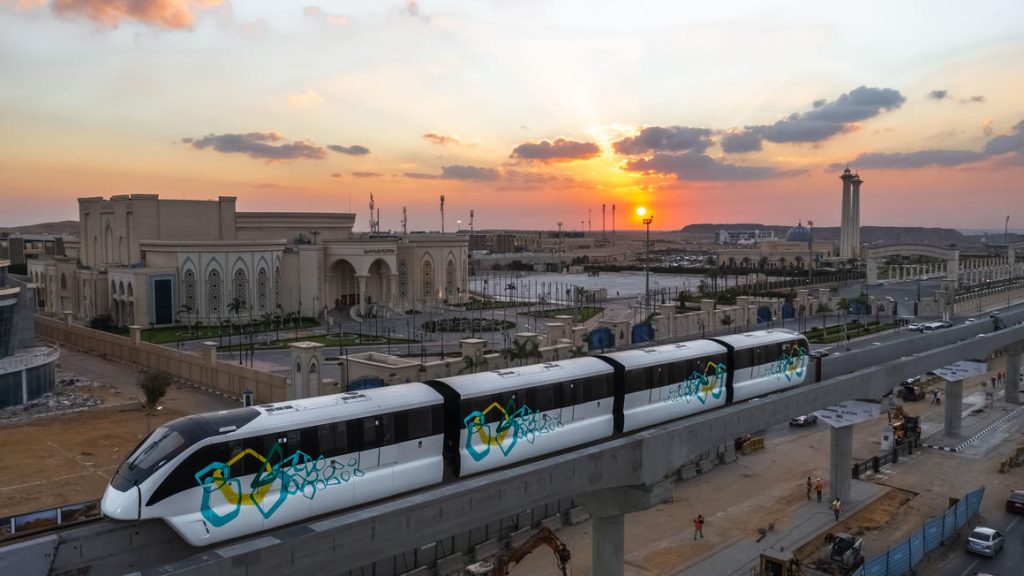
According to “The Role of Urban Rail in Sustainable Africa” study elaborated by Alstom in collaboration with EY Climate Change and Sustainability Services, if the urban rail modal share in African cities will increase to 10% by 2030 and 20% by 2050, 1 gigatonne of CO2 emissions in total can be avoided between 2023 and 2050. This percentage considers the current situation with urban rail having only 1% of the market share.
This is equal to 32% of Africa’s total GHG emissions in 2019. 173 million additional tonnes of CO2 would be avoided between 2023 and 2050 if urban rail systems were fully powered with renewable energy, the study says.
“The Role of Urban Rail in Sustainable Africa” study demonstrates the avoidance of substantial carbon emissions and contribute to broader sustainability goals, delivering environmental, social and economic benefits for Africa’s growing cities.
Investing further in urban rail would bring proportional social and economic benefits leading to safer, healthier, and more inclusive cities. By increasing the modal share of rail to 20% by 2050, 29 million cars would be removed from Africa’s roads each day, leading to a significant decrease in congestion, road accidents and air pollution.
Urban rail is more affordable and more accessible than cars and unofficial transport systems, giving passengers easier access to jobs and key services such as education and health. This shift from road to rail could also support job creation related to construction and operations and maintenance in Africa estimated at about 258 jobs per kilometre of new rail built. For example, a 60-kilometre urban project would create over 15,000 direct jobs.
The study also highlights the benefits brought by Cairo’s long-term commitment to public transport. “With COP27 in Egypt, it is an opportunity to highlight that Egypt was the first country in Africa to open a metro line in 1987 and have 3 operational metro lines, 2 additional metro lines planned and 2 monorail lines under construction. The additional metro and monorail lines alone, will allow the city to avoid a cumulative 35 Mt of CO2 emissions between 2023 and 2050, equal to 10% of Egypt’s total GHG emissions in 2019,” Andrew DeLeone, the President Alstom Africa, Middle East, and Central Asia said.
In addition, the urban rail transport provides Cairo social and economic advantages such as the reduction of 595,000 cars every day and a sharp reduction in congestion, estimated to cost Egypt USD 8 billion each year, which can be used to introduce digital solutions in urban mobility.
Share on:



